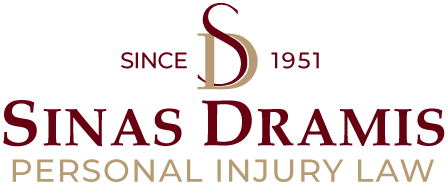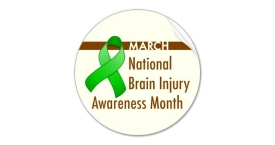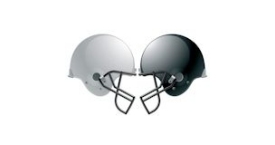Nursing Home Compare: A helpful tool for Nursing Home Research
Nursing Home Compare provides the latest evaluations of nursing homes in Michigan, and is invaluable as you decide which facility will best meet your needs. As we age, or as our loved ones age, some find themselves considering whether Michigan nursing homes or similarly situated assisted living facilities are an option. It can be a difficult decision to make, and as such should not be done lightly. Conducting thorough research is imperative, which is what makes tools such as Medicare’s Nursing Home Compare so valuable. It provides a great deal of information about nursing homes throughout the state and across the...
Continue reading



